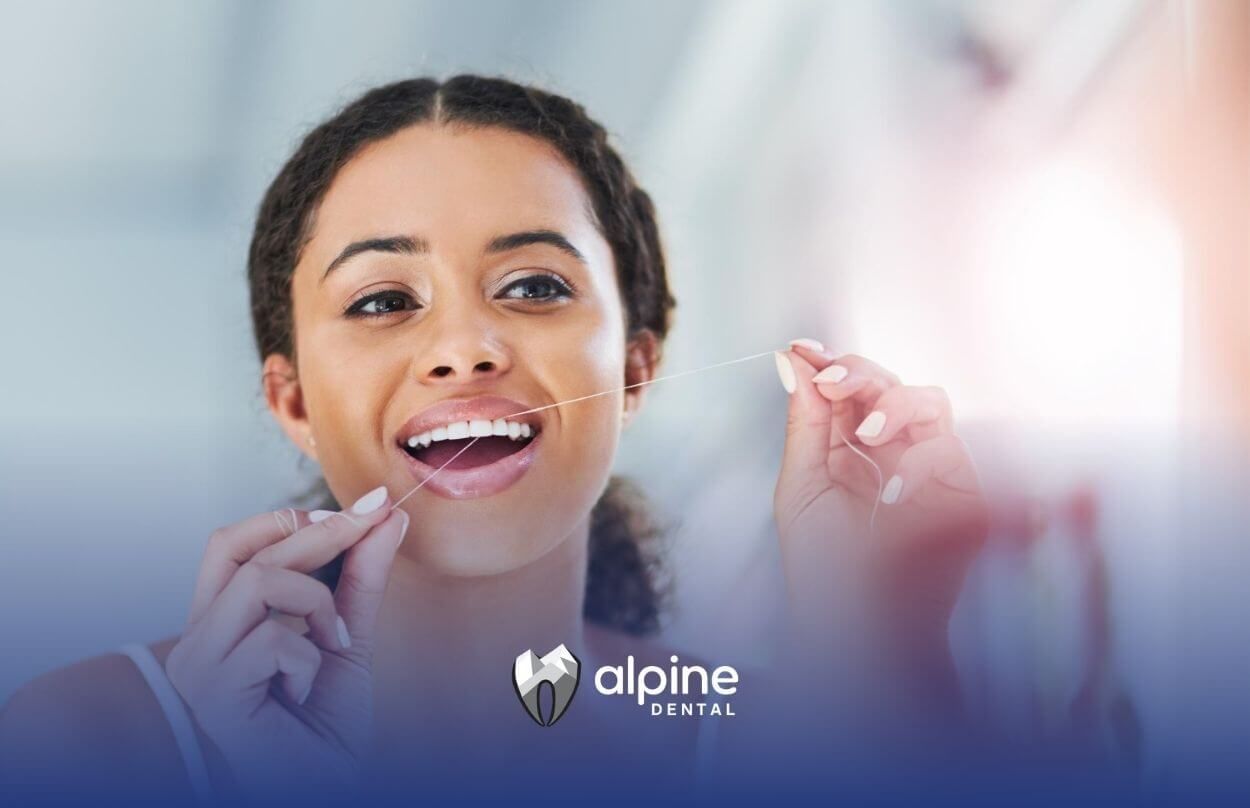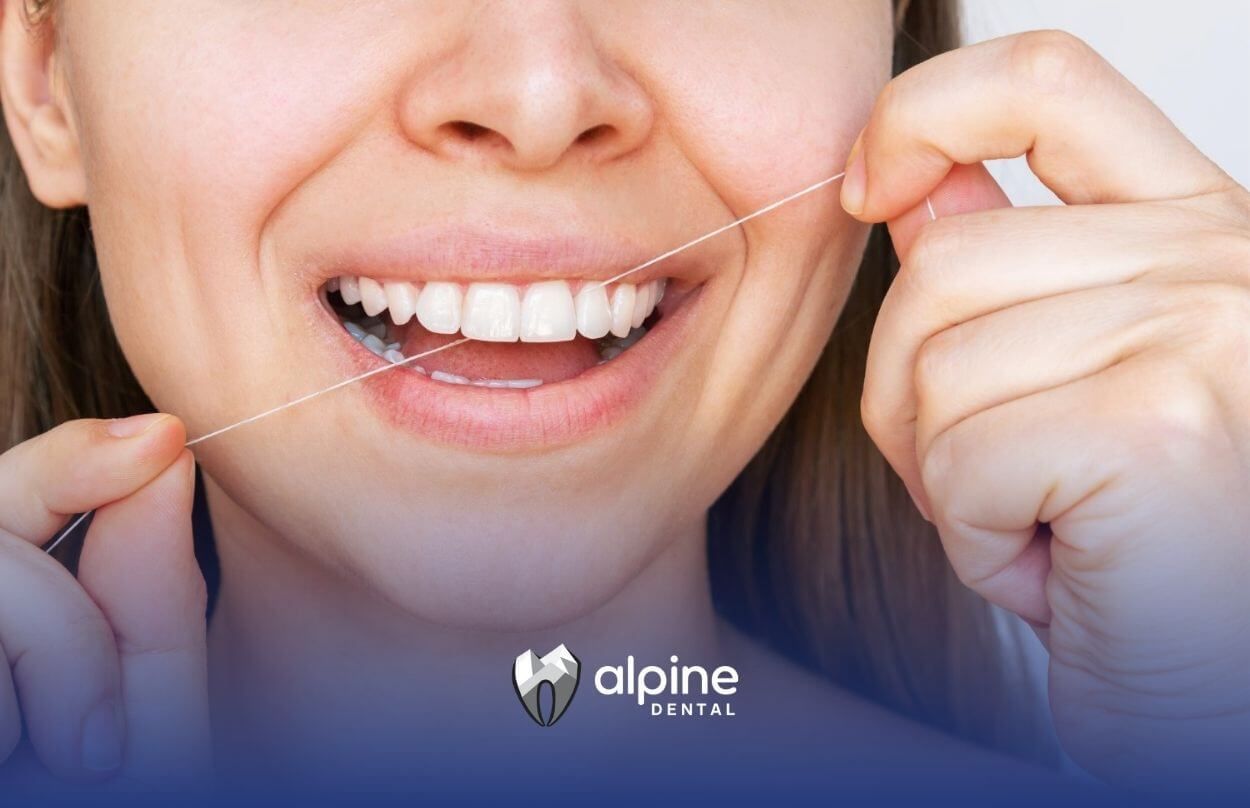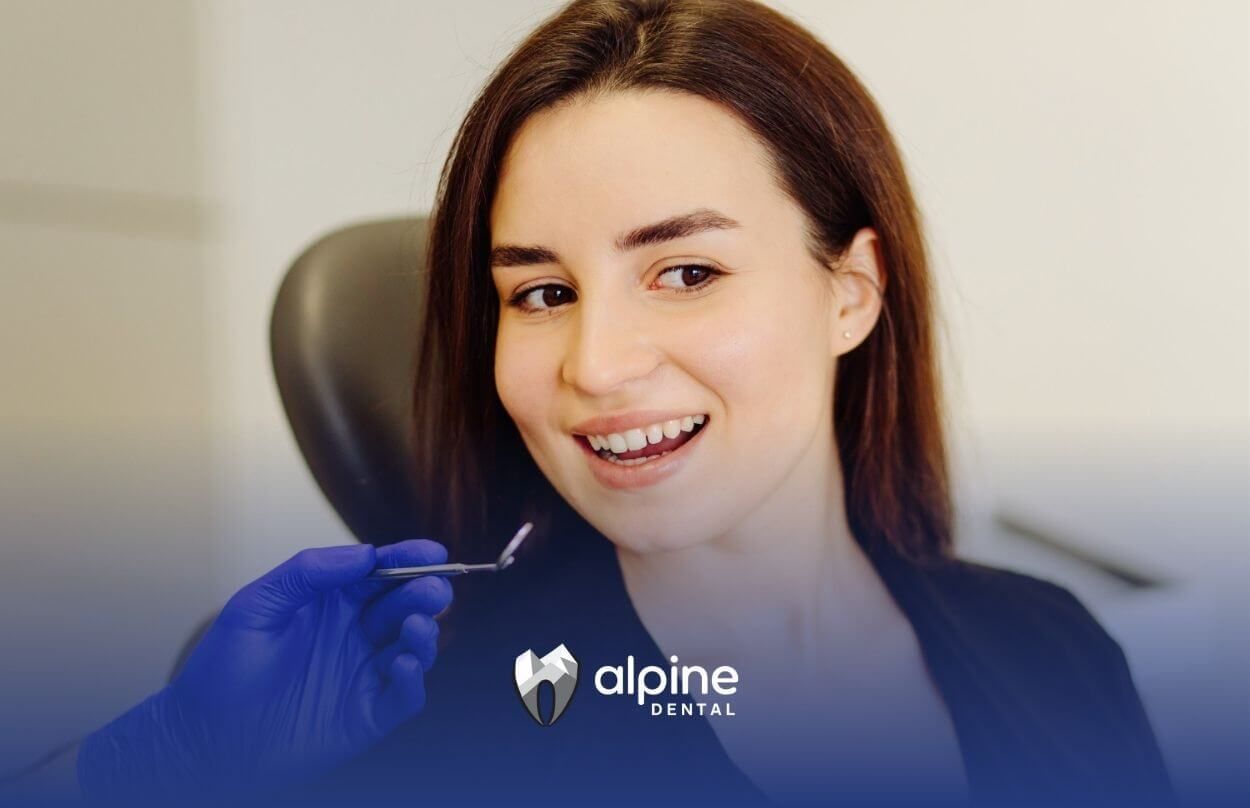How Saliva Affects Dental Health in Children and Seniors
Understand Saliva Production
Saliva plays a vital role in oral health by aiding digestion, protecting teeth and gums, neutralizing harmful acids, and supplying essential minerals like calcium and phosphate for enamel strength. Early awareness of how saliva affects dental health can help parents and caregivers support children’s emerging smiles and assist seniors in maintaining a comfortable, healthy mouth.
Composition and Function
Saliva is 99% water, with the balance made up of proteins, enzymes, and antimicrobial compounds.
Key components include:
- Amylase and lipase for breaking down starches and fats
- Antimicrobial peptides such as defensins and histatins that disrupt bacterial membranes
- Minerals like calcium and phosphate are needed for replenishing enamel
Production Factors
Salivary flow can vary with hydration status, certain medications, smoking, and alcohol consumption. A drop in production, known clinically as xerostomia or dry mouth, raises the risk of cavities and gum disease, while excess flow (hypersalivation) may signal underlying health concerns.
Explore Protective Functions
Saliva acts as the mouth’s first line of defense, reducing the threat of decay and infection.
Cavity Prevention
By washing away food debris and diluting acids produced by bacteria, saliva lowers the risk of enamel erosion and tooth decay. It also carries fluoride and calcium to tooth surfaces, boosting remineralization.
Gum Disease Defense
Salivary flow helps remove plaque and debris at the gumline. Antimicrobial proteins such as lactoferrin and lysozymes inhibit bacterial growth, reducing inflammation and the likelihood of gingivitis and periodontitis.
pH Balancing and Remineralization
The bicarbonate, phosphate, and protein buffering systems in saliva neutralize acids after meals. Supersaturation with calcium and phosphate supports enamel repair following acid exposure.
Assess Excess Saliva Effects
While saliva is protective, hypersalivation can pose its own challenges.
Causes of Hypersalivation
Common triggers include
- Medication side effects (antipsychotics, certain anticonvulsants)
- Pregnancy and hormonal shifts
- Gastroesophageal reflux disease (GERD)
Challenges and Management
Persistent drooling may impair speech clarity and social comfort. Management strategies include
- Speech or swallowing therapy
- Adjusting medications in consultation with a physician
- Using absorbent pads or specialized mouthguards
Evaluate Dry Mouth Impact
Insufficient saliva flow creates an oral environment prone to decay and discomfort.
Risks of Low Saliva
Dry mouth can lead to:
- Accelerated enamel erosion and increased cavities
- Difficulty chewing, swallowing, and speaking
- Higher risk of fungal infections, such as oral candidiasis
Prevention and Care
To ease dry mouth symptoms, individuals may:
- Sip water regularly and stay well hydrated
- Chew sugar-free gum or lozenges to stimulate flow
- Use over-the-counter saliva substitutes or ask a dentist about prescription sialogogues
Compare Age Group Effects
Salivary function and needs change over the life span.
| Age Group | Main Benefit | Common Issue |
|---|---|---|
| Children | Supplies minerals for new enamel | Low flow from dehydration or illness |
| Seniors | Buffers acids and maintains moisture | Dry mouth from medications and age |
Saliva in Children
Role in Tooth Development
Saliva delivers calcium, phosphate, and fluoride that strengthen emerging enamel and guard against early childhood caries.
Common Pediatric Issues
Teething, dehydration, and certain pediatric medications can temporarily alter flow, making routine hydration and gentle oral cleaning essential.
Saliva in Seniors
Age-Related Changes
Many seniors experience reduced salivary flow due to medications, chronic conditions such as diabetes, or simply the aging process.
Care Recommendations
Regular dental checkups, sipping water throughout the day, and discussing saliva-boosting options with a dentist help maintain comfort and protect against decay.
Promote Saliva Flow
Maintaining a healthy salivary flow supports oral defenses and comfort.
Lifestyle Strategies
- Drink water steadily rather than gulping
- Chew sugar-free gum or xylitol-sweetened snacks
- Eat crunchy fruits and vegetables to naturally stimulate glands
- Avoid tobacco and limit alcohol intake
Professional Interventions
- Prescription medications such as pilocarpine or cevimeline
- Fluoride varnishes to aid remineralization
- Custom mouthguards for nighttime saliva management
Conclusion
In summary, understanding the ways saliva influences oral health empowers parents to support children’s developing smiles and helps seniors preserve comfort and function. By recognizing the protective roles of saliva and addressing both excess flow and dry mouth, caregivers can partner with dental professionals to keep mouths healthy across all ages.
At Alpine Dental, we understand the vital role saliva plays in oral health, from fighting bacteria to supporting comfortable chewing and swallowing. Whether you or your child struggles with dry mouth, excess saliva, or related concerns, our caring dental team provides personalized solutions to keep your mouth healthy at every stage of life. From routine checkups to targeted oral treatments in Lakewood, NJ, we’re here to help you maintain comfort, function, and a confident smile.
Schedule your appointment with us today to safeguard your family’s oral health.
Frequently Asked Questions
Why is saliva important for oral health?
Saliva helps wash away food particles, neutralize acids, prevent tooth decay, and support digestion, making it essential for a healthy mouth.
What causes dry mouth, and how can it be treated?
Dry mouth can result from medications, aging, dehydration, or medical conditions. Dentists may recommend saliva substitutes, hydration strategies, or fluoride treatments to protect teeth.
Can too much saliva be a problem?
Yes. Excess saliva, or hypersalivation, can lead to speech difficulties, drooling, or discomfort. Treatment depends on the cause and may involve medical or dental intervention.
SOURCES:
https://pmc.ncbi.nlm.nih.gov/articles/PMC6855406/
https://pmc.ncbi.nlm.nih.gov/articles/PMC7076334/
https://pubmed.ncbi.nlm.nih.gov/16878065/
https://www.nature.com/articles/bdjteam2015123
https://www.webmd.com/oral-health/what-is-saliva




